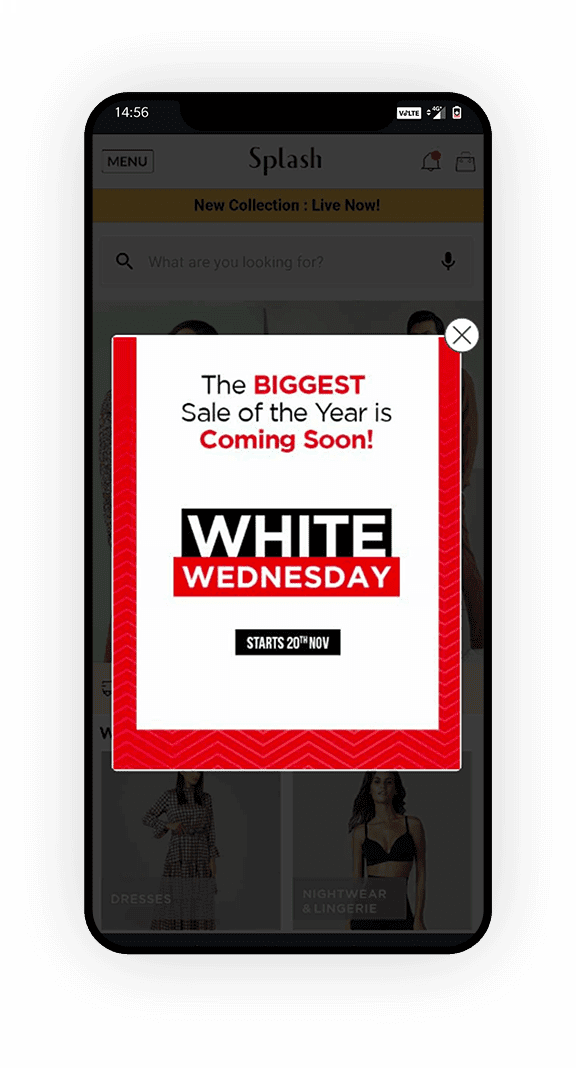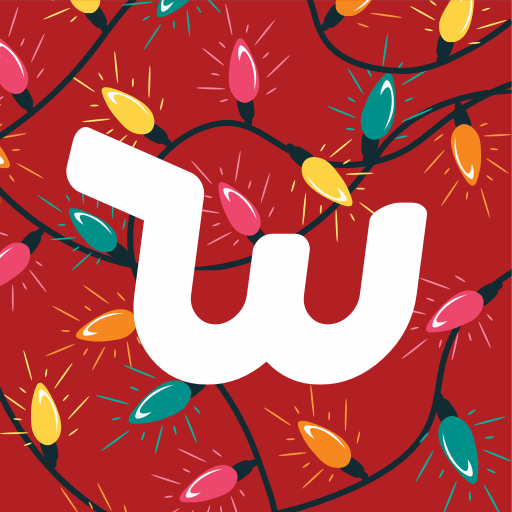7 Successful Holiday Marketing Campaigns to Learn From!

Reading Time: 5 minutes
| Bonus Content |
Holidays invariably evoke emotions. According to a study by the United Kingdom-based Institute of Practitioners in Advertising (IPA), campaigns with emotional content performed twice as well as those with only rational content (31% vs. 16%). Purely emotional content also did better than a mix of emotions and rationality (31% vs. 26%). As a marketer, you need to ensure that your holiday campaigns focus on emotions such as joy, merriness, and togetherness.
In order to help you frame a winning strategy, we bring you examples of successful holiday marketing campaigns. These campaigns are from top brands like The Apparel Group, Wish, Lifestyle Group, MAP, and more. You can emulate the learnings from and implement them for the upcoming Christmas and New Year campaigns. Let’s jump right into it!
Here are some successful holiday marketing campaigns to inspire you:
Before we dive in, just a reminder. You can find insightful trends, actionable strategies, and use cases from top global brands in our comprehensive holiday marketing guide:
-
Gamify shopping experience to drive repeat purchases
Dubai-headquartered 6thStreet.com, the e-commerce arm of The Apparel Group, one of the largest retailers in the world, registered significant growth in sales during the 2018 Black Friday campaign season. This encouraged the brand to increase repeat purchases the following year.
By gamifying the shopping experience and rewarding shoppers who completed five purchases, they increased repeat purchases by 24% during Black Friday 2019!
To achieve these spectacular results, the brand used automated workflows that got activated on completion of the first purchase – a trigger email was then sent to the shopper, highlighting their progress towards the ‘goal’ of five purchases and nudging them to buy more.
Bonus Material – Take a look at How to Get Repeat Purchases From E-commerce Customers
-
Use real-time triggers to segment and target
Landmark Group is one of the largest retail and e-commerce businesses across the Middle East, Africa, and India. During White Wednesday 2019, Landmark Group used segmented campaigns based on real-time event triggers, amplified push notifications, seamless customer journeys, and personalized messages to encourage maximum usage of discounts and offers, and improve app purchases and conversions.
The strategy was to encourage existing app users to opt-in for push notifications and prompt inactive customers to engage with the app through attractive offers. Inactive customers who were already opted in were sent compelling communication to make use of offers instantly.
The brand prompted the wishlist functionality within the app, slashed pricing, and gifting options for active customers.

-
Adaptation of current assets in the apps
Just like storefronts display seasonal decorations like pumpkins, cobwebs, and Christmas wreaths, Apple’s App Store & Google Play spin in a colorful showcase of orange pumpkins and witches for Halloween, red Santa hats, and snow for Christmas, and so on.
Many publishers try to capitalize on their users’ holiday sentiments and adapt their products to the mood. Adaption is perhaps the most common tactic used by brands to make changes related to the holidays.
The Christmas graphic for the “Wish” app is a good example:

-
Communicate discounts category-wise
The leading Indian retail fashion brand, Lifestyle has planned festive, promotional, and special offer campaigns for year-end 2020 with ‘Buy 1 Get 1’ and category-wise sales across Women’s wear, Men’s wear, Kids’, Beauty, and more. They aim to communicate these sales using messaging around special coupons, a Buy 1 Get 1 offer, or a flat 40-50% off via push notifications differing according to specific categories.
The brand has also been forced to change its holiday marketing strategy to focus more on online marketing as compared to 2019, due to an increase in MAUs (monthly active users) and DAUs (daily active users).
Compared to 2019 holiday sales, the chain expects 2X growth this year, though tech issues could blunt the numbers.

-
Run in-app campaigns based on purchase behavior
The Indonesian e-commerce platform ran campaigns promoting products during the 10/10 sale in 2020, by targeting users based on their historical touchpoints with them. The brand reached out to users through push notifications, in-app messages, and emails.
Past purchase behavior-based targeting and running in-app voucher campaigns. Blibli also used in-app campaigns for their sale to drive engagement and to give users vouchers which they could then use to complete purchases.
Blibli leveraged their payment partnerships during the sale to offer discounts to their users and also promoted flash sales via their email campaigns.

-
Using gamification, loyalty programs, and lucky draws
Indonesia’s leading lifestyle retailer is gearing up for end of year sales with 10.10 and Harbolnas (Hari Belanja Online Nasional or National Online Shopping Day), both due in the final quarter of 2020. Participating brands include the likes of Planet Sports, Marks & Spencer, SOGO, Brikenstock, Mango among others. The brand actively uses referrals and gamification to attract audiences.
In addition, they also run the MAPCLUB program which provides loyalty points that can be redeemed to win exciting prizes such as iWatch, Samsung A50, iPhone SE, etc. through lucky-draws during the sale period.
MAP uses smart segmentation to decide on the frequency of communication. By leveraging RFM, one of MAP’s business units, Mapemall, identifies segments of customers such as loyal, close to conversion, price-sensitive and inactive, to send as many as 5 emails/day across brands.
-
Change icons and graphics based on local festivals
Various regions have differing holiday and shopping events spread across the last quarter of the year. Be active in changing your app icon and graphics based on the biggest event in your region. For example, in Russia, New Year’s Eve is a bigger holiday than Christmas, so apps like Ozon, one of the largest e-commerce companies in the country, added Santa Claus to the App Store icon just before announcing New Year discounts. The Chinese shopping season starts on November 11. It’s an unofficial holiday for bachelors. The holiday has become the largest offline and online shopping day in the world. The biggest shopping apps like Aliexpress are actively promoting this holiday on their app pages.

Do further check out the 7 brilliant holiday marketing eCommerce ideas to boost sales this holiday season.
| Here’s What You Can Read Next |







